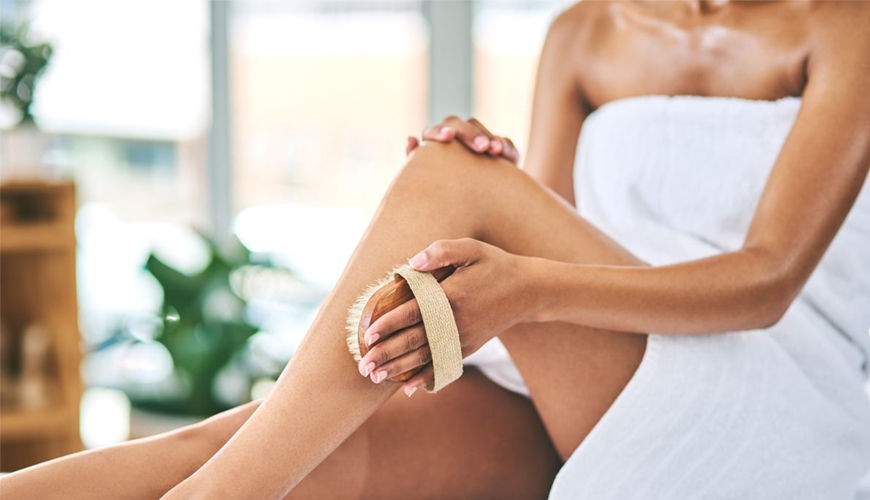
Dry brushing - a guide to ayurvedic exfoliation
If you're looking for a natural technique to cleanse and revitalize your skin, dry brushing is an excellent choice. But before you get your hands on a brush and start exfoliating your skin, it's crucial to understand how to do it correctly and what are the places you should not dry brush.
But first, you'll need to figure out which brush is finest for dry brushing.
Use a natural stiff-bristled bath or shower brush, preferably one with a long handle, to reap the benefits of dry brushing. The stiffness of the bristles varies depending on your skin's sensitivity and choice. The long handle is useful for reaching regions that are difficult to reach, such as your back.
What is the best way to dry brush my skin?
- Start with the feet or ankles and work your way up the limbs with a natural bristles brush in long, fluid strokes.
- Then, on your torso and back, move the brush in a rotational movement.
- Lighten the pressure as needed because this treatment can be a bit too much for sensitive spots including the tummy, breasts, and neck.
- You only need a few repeated swipes per region. It can cause discomfort or bleeding if you go over the same region for too long.
- Dry brush once every day and then shower right away.
Make sure you start by getting to know your skin and inspecting it to see if there are any spots you should avoid. Schedule an appointment with your dermatologist if you observe any troubling changes in your skin, especially before making any modifications to your skincare routine.
To sum up the preceding paragraphs, dry brushing is a fantastic approach to cleansing and rejuvenating your skin. It's critical to use the right brush and know how to dry brush properly, as well as to avoid brushing sensitive areas. It's usually a good idea to see a dermatologist initially to better understand your skin.

